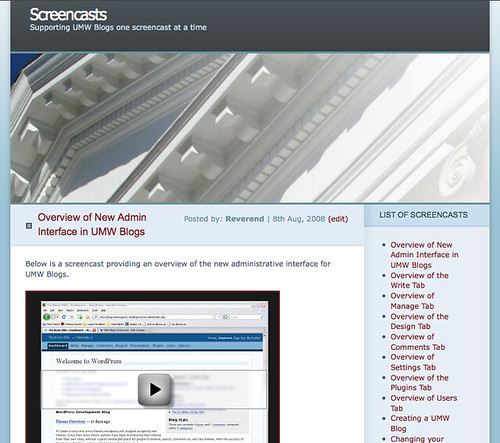
From the article:
The “Rivera Method†takes such agricultural refuse as cracked soy beans, rice and cotton seed hulls, grain sorghum, milo and jatropha and turns them into bio-crude oil. This crude – or Vetroleum, as Rivera calls it – can then be further refined into everything from gasoline to jet fuel and just about every petrochemical in between.
With this process, just one bushel (60 pounds) of organic waste can yield about six gallons of bio-crude, Rivera said.
…
“Our biggest problem is that we are too good to be true,†Rivera said. “We can literally replace every gallon of gasoline, diesel and jet fuel in the United States using just 12 percent of the waste byproducts in the country.â€
And if that wasn’t enough, the sole byproduct from the crude-making process is fertilizer: 737-grade, all organic fertilizer.
“The fertilizer is worth about 15 cents per pound, but the fuel byproduct is worth much more,†said General Manager Gerald Brent.
Sustainable Power currently houses five of these Vetroleum-producing reactors within its Baytown facility, the largest of which is capable of continuous output in just under nine minutes of operation. In addition to the central reactor, the company has also built four much smaller reactors that can be delivered to potential investors in order to both assuage doubts and test the viability of local farm wastes.
The eventual goal, Brent said, is the construction of 400 reactors at the Baytown facility – each capable of producing 6,000 gallons of bio-crude a day – and a (Vetroleum-powered) 500 megawatt energy plant capable of servicing 400,000 homes.
Brent expects the facility to be ready within the next 12 to 18 months. “We have to build this from the ground up. This is just our proof-of-concept,†he said.
Read more – Green fuel, made at home »







 Cars are the key to U.S. energy consumption. The dominant automotive platform here, whether you drive a truck, a car, or a motorcycle, relies on gasoline-fueled internal combustion engines. That’s the platform we are unlikely to change quickly. So how do we leave that platform intact and unchanged, ask nobody to significantly sacrifice, yet still achieve the noble (and Nobel) goals of lower fuel consumption, lower greenhouse gas emissions, lower pollution levels, dramatically lower oil consumption, lower cost, and lower geopolitical vulnerability for our country? There’s only one way I know to accomplish this: change the fuel.
Cars are the key to U.S. energy consumption. The dominant automotive platform here, whether you drive a truck, a car, or a motorcycle, relies on gasoline-fueled internal combustion engines. That’s the platform we are unlikely to change quickly. So how do we leave that platform intact and unchanged, ask nobody to significantly sacrifice, yet still achieve the noble (and Nobel) goals of lower fuel consumption, lower greenhouse gas emissions, lower pollution levels, dramatically lower oil consumption, lower cost, and lower geopolitical vulnerability for our country? There’s only one way I know to accomplish this: change the fuel.